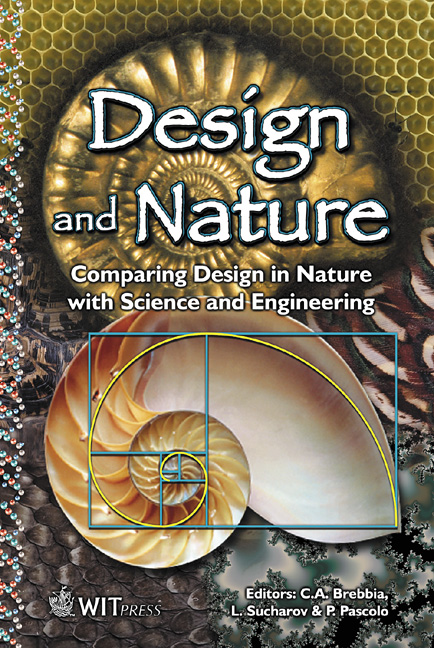Constructal Theory Of Organization In Nature: Dendritic Flows, Allometric Laws And Flight
Price
Free (open access)
Transaction
Volume
57
Pages
Published
2002
Size
550 kb
Paper DOI
10.2495/DN020061
Copyright
WIT Press
Author(s)
A. Bejan
Abstract
Constructal theory of organization in nature: dendritic flows, allometric laws and flight Adrian Bejan Department of Mechanical Engineering, Duke University, Durham, North Carolina, USA Abstract This paper draws attention to the 1996 constructal theory of the generation of geometric form in flow systems. Flow architecture can be reasoned on the basis of principle: the maximization of global performance subject to finite-size constraints. One example is the generation of tree-shaped flow patterns, as optimized paths between one point (source, sink) and an infinity of points (area, volume). The optimized tree-flow architecture accounts for allometric laws, for example, the proportionality between metabolic rate and body size raised to the power 3/4, and the proportionality between breathing and heart beating times and body size raised to the power 1/4. Another example is the proportionality between the cruising speed of flying bodies (insects, birds, airplanes) and body mass raised to the power 1/6. The "thermodynamics law" status of the constructal principle is discussed. 1 Constructal theory versus biomimetics Geometric similarities and patterns abound in flow systems in engineering and in nature. For example, tree-shaped flows are everywhere, in computers, lungs, dendritic crystals, urban street patterns, and communication links. In a new book [l], I started from the design and optimization of engineered systems and developed a deterministic principle for the generation of geometric form in natural systems. In flow systems for fluid, heat, mass, electricity, goods, and traffic, better performance means improved access: minimal flow resistance, minimal travel time, minimal cost. This observation led to constructal theory,
Keywords





